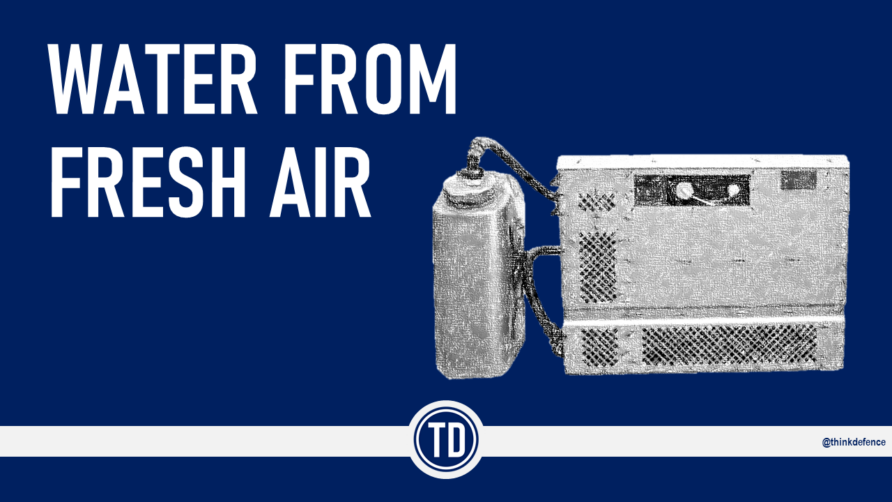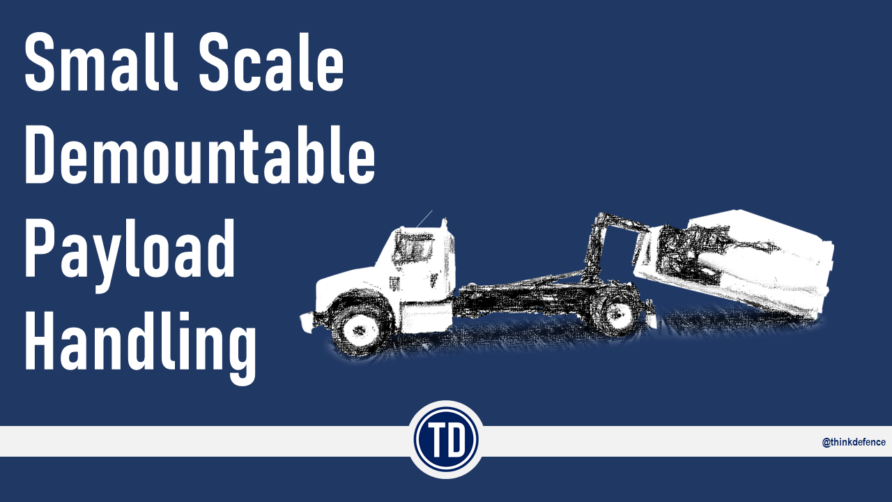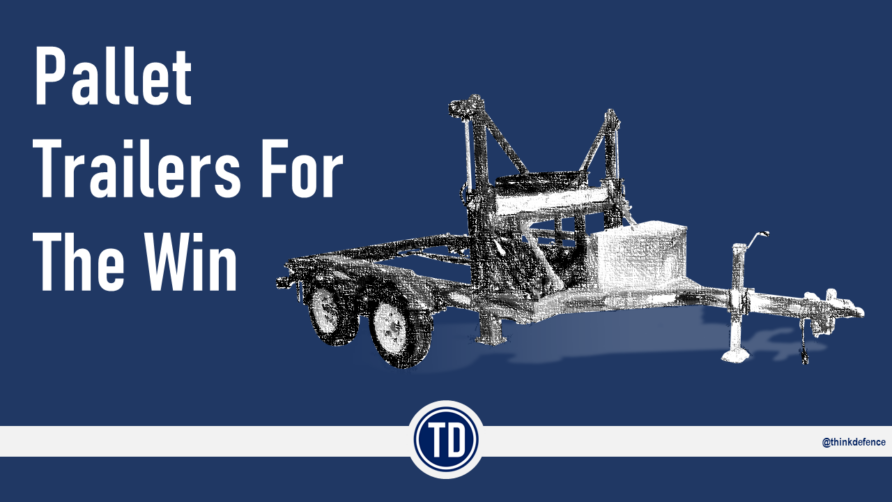Most armies are not in short supply of things to dig with, and the British Army is no different.
At the heavy end, there is Trojan and Terrier, most well protected, mobile, and with a collection of attachments that they can use with their excavator arms, in addition to their main blades.
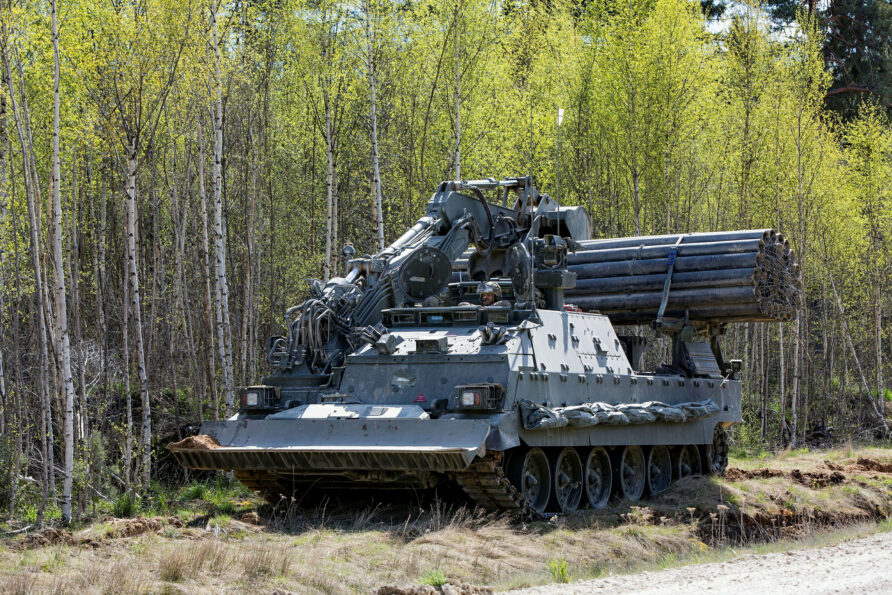
Terrier can be used with a remote control kit.
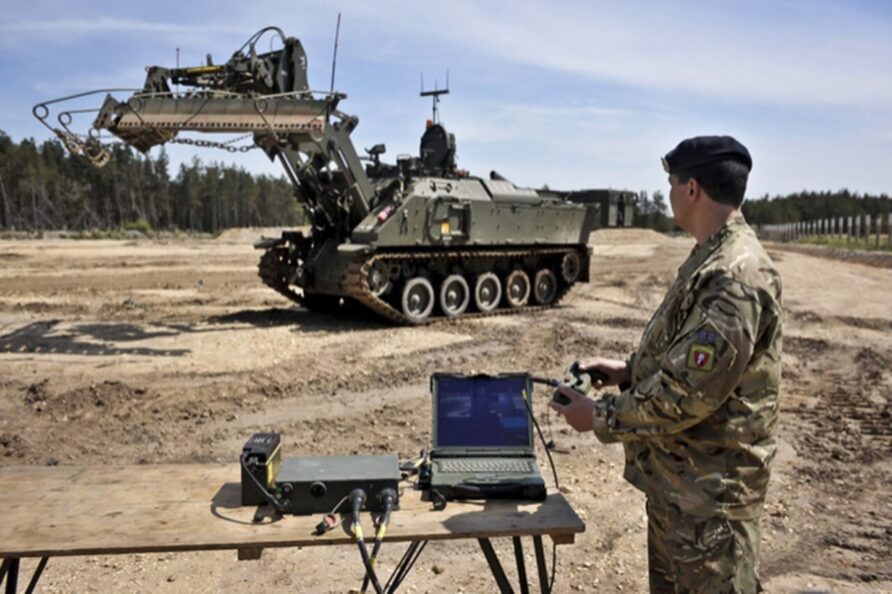
There are also the dozers and excavators that comprise the C Vehicle fleet, including various Volvo, CAT, and JCB equipment. The latter of which can also be fitted with a remote control kit as per the image below, mostly for EOD work.
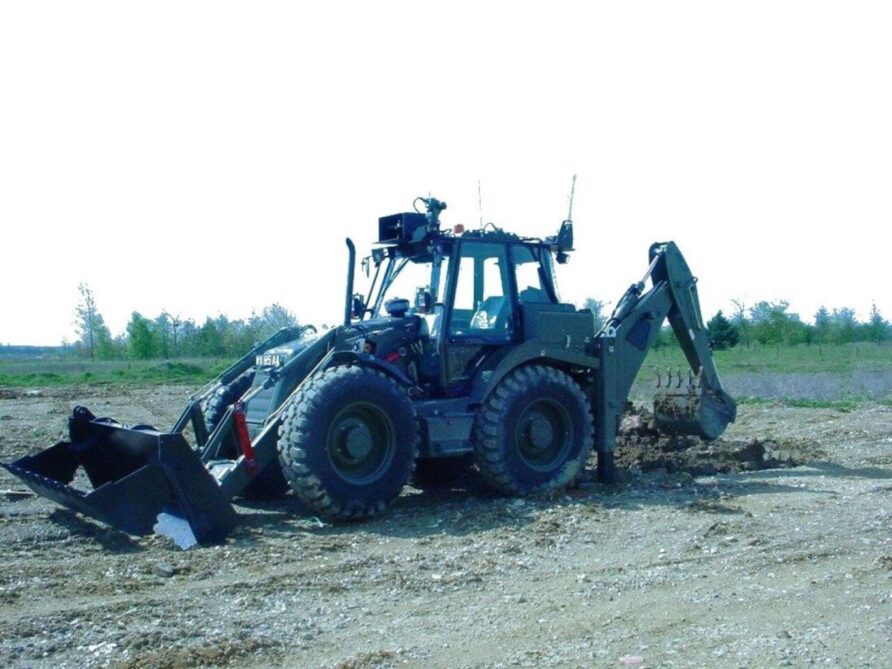
This is not a post about those specifically.
At the other end of the scale, various picks and shovels.
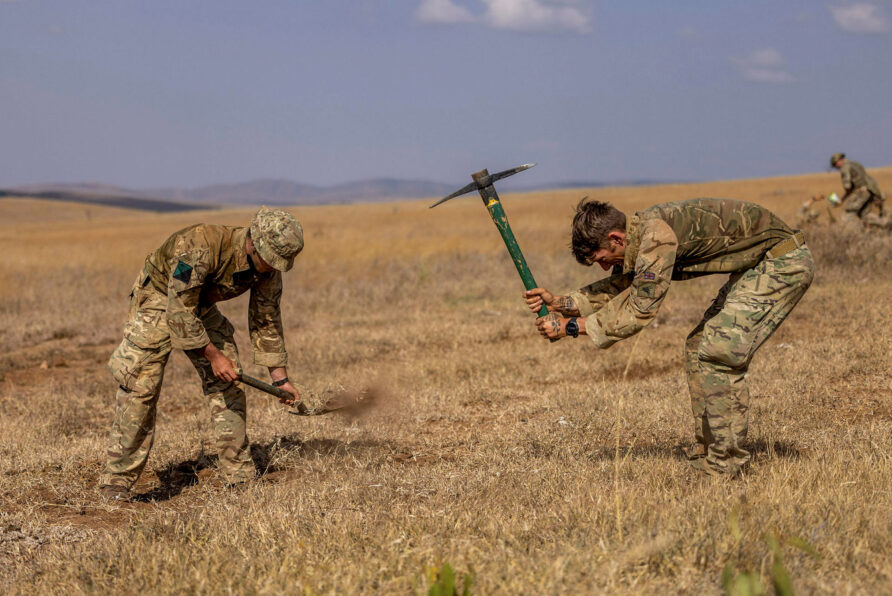
Which probably haven’t changed that much for many decades.

It is fair to say that digging in forests and urban areas is wholly different to digging in a farmer’s field.
For the former, tree roots present a big problem, and for the latter, underground services such as utility ducts, drainage, and pipes.
Frozen ground also presents some very significant challenges, even with hydraulics, as per the video below.
I have also covered engineering plant at the lighter end of the spectrum a few times.
And here, looking at the smallest of machines, those that fit inside the footprint of a double CDS
Finally, equipment that fits inside a Merlin or Chinook, below
So what I thought I would do in this part of the series is look at a handful of niche digging tools, just to add to the mix of those covered in those other posts.
Hand Digging Tools
I’m not a fan of the folding entrenching tool, most likely better than nothing, but not efficient, despite what those TikTok videos would have you believe, even the well-engineered models from Glock.
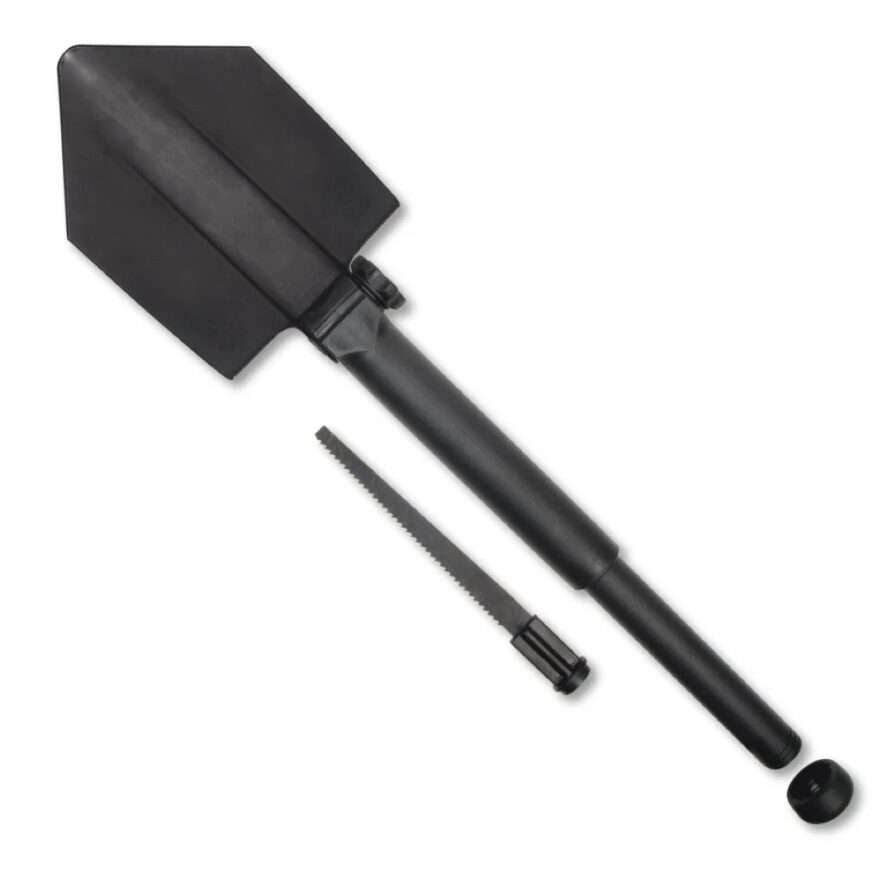
I quite like what Gabriel has done in this video, with threaded conduit and couplers, smart.
Dmoz in the USA sells a collapsible shovel, although you might wince at the cost.
Spear and Jackson and Roughneck manufactures a range of low-cost compact fibreglass handled picks, shovels, and mattocks.
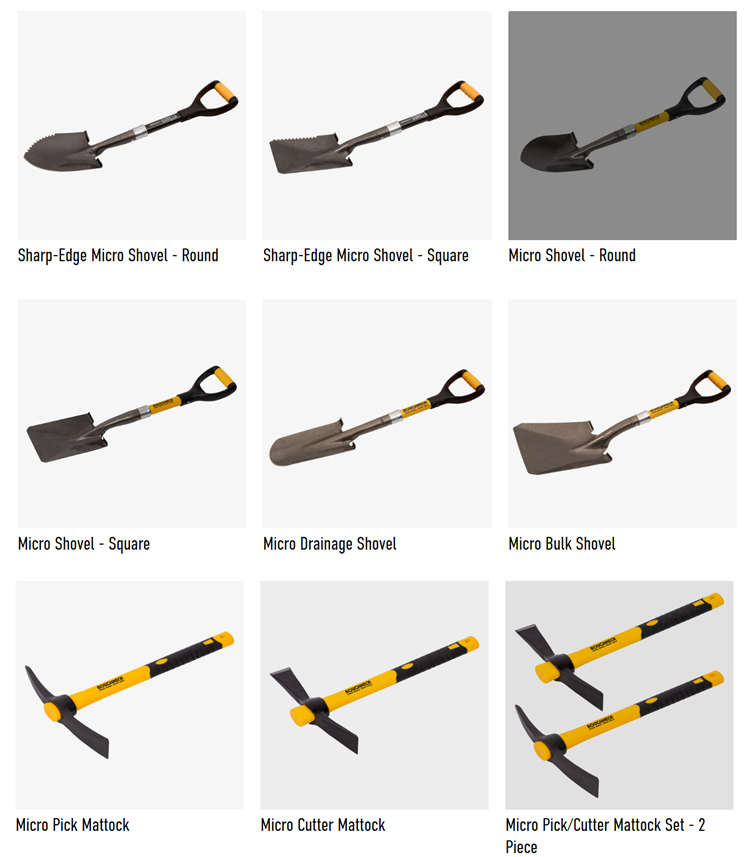
Perhaps a useful bridge between the folding tools and the full-size ones, especially given the lower weight of fibre glass handled tools.
For digging in forests, compact hatchets or clearing axes might also be a useful addition to the toolkit, as would slashing hooks and root cutters, some available with telescopic handles.
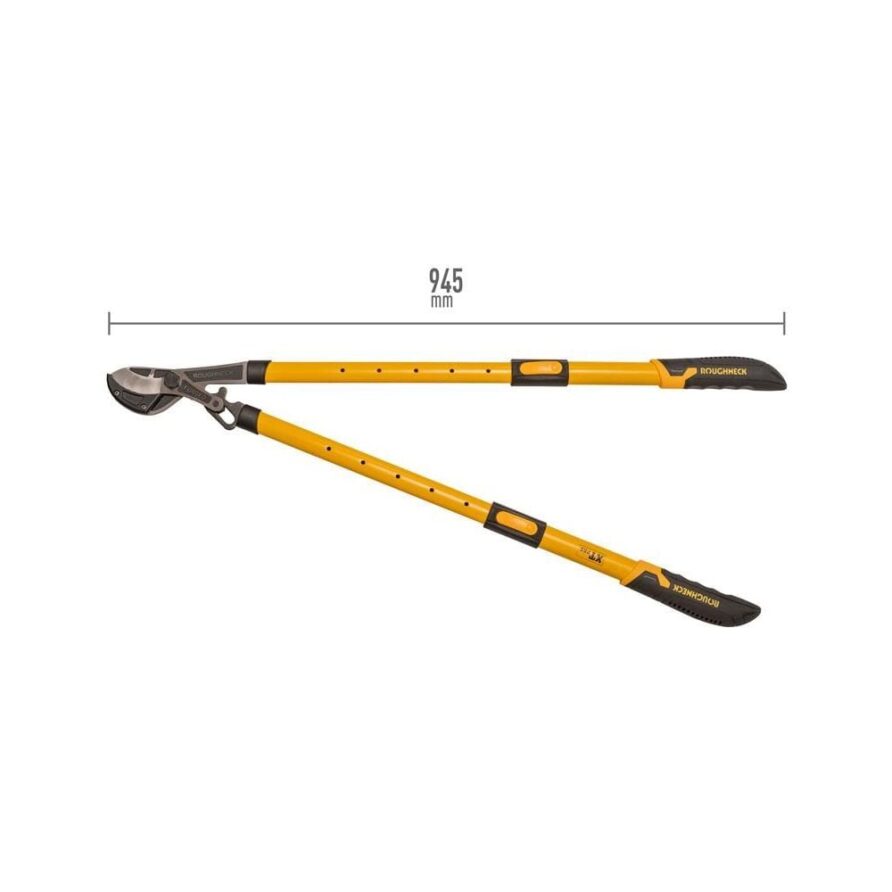
For just over thirty quid, you can also get a compact root cutting shovel.
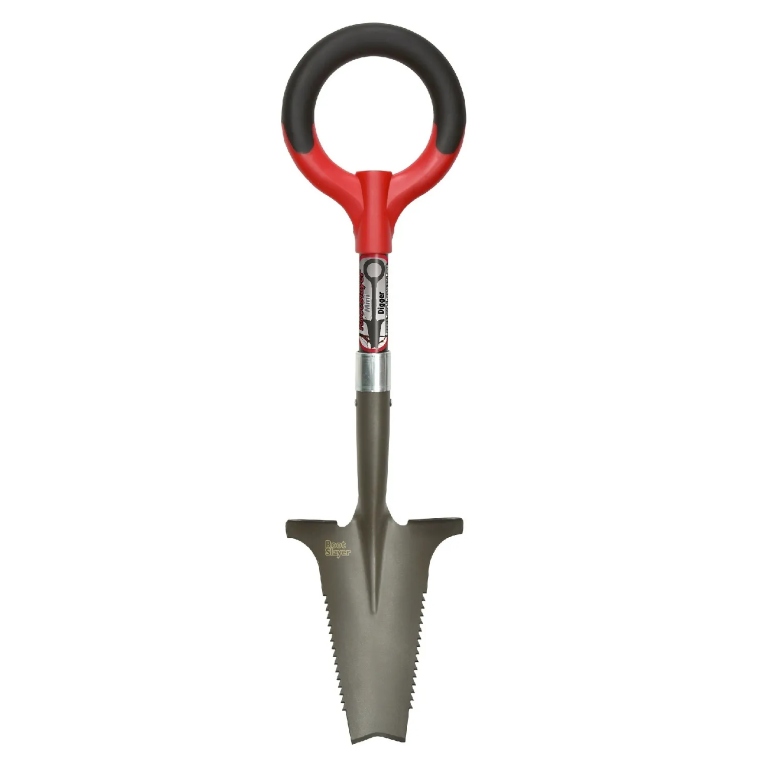
And a full-size one.
Obviously, these are not for fine pruning and gardening, but working quickly and efficiently.
For breaking through difficult ground, SDS drills and breakers might have some utility, as tested below.
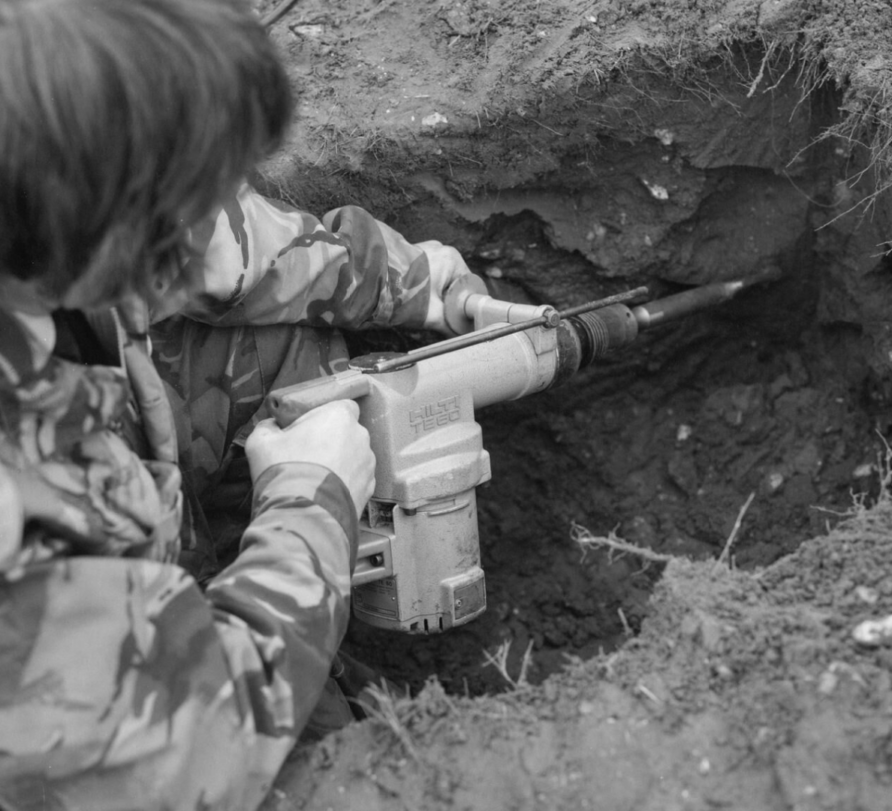
They can be fitted with clay spades and chisels, but the larger breakers would be better.
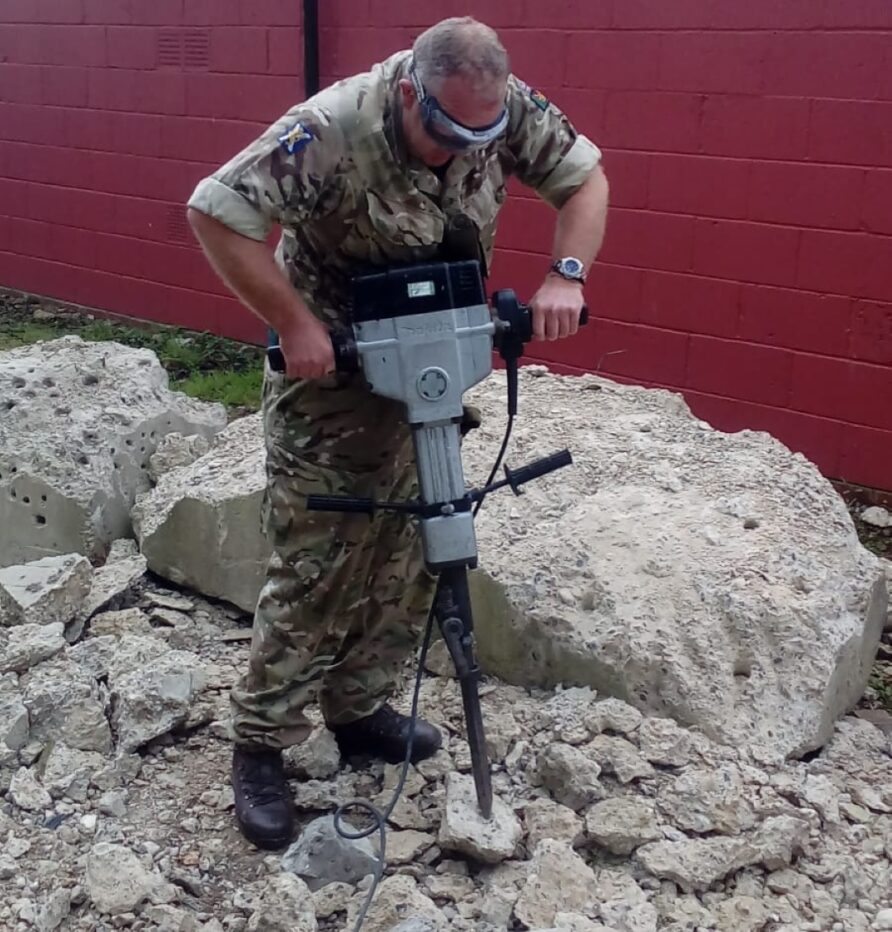
From Makita (the British Army’s battery tool provider of choice), the latest brushless twin 40v breakers are very capable.
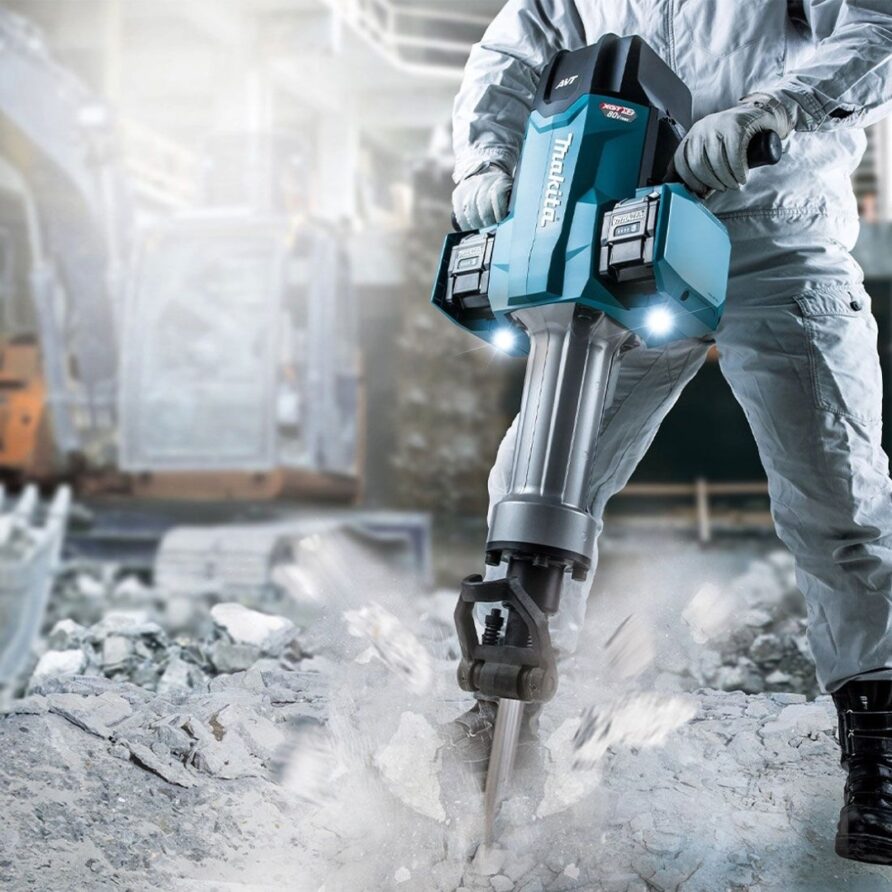
Compressed air and hydraulic breakers are another option, especially if they were available alongside the post drivers in the previous threads on wire obstacles.
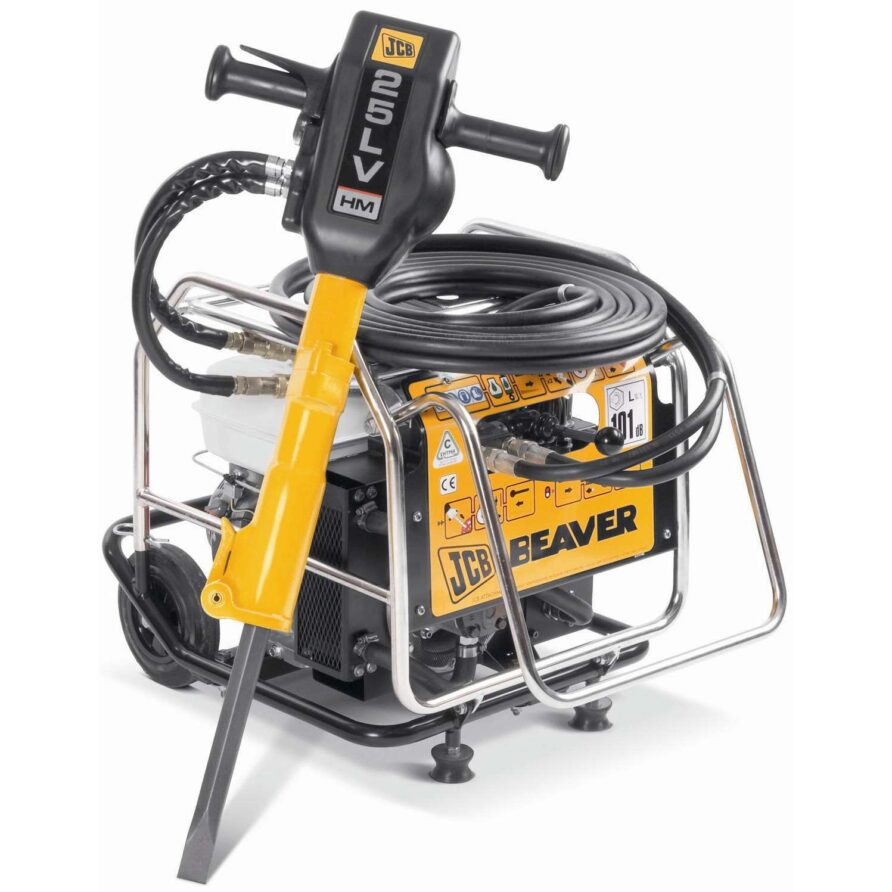
As seen in this video, even the larger petrol engine tools would still struggle on very hard or frozen ground.
It might be interesting to run a set of comparison tests between compressed air, hydraulic, mains power, 36v/40v battery, and 240v mains power tools for breaking up hard ground.
An auger might also be useful to break up ground, as tested by the fine gentlemen of seventies MEXE.
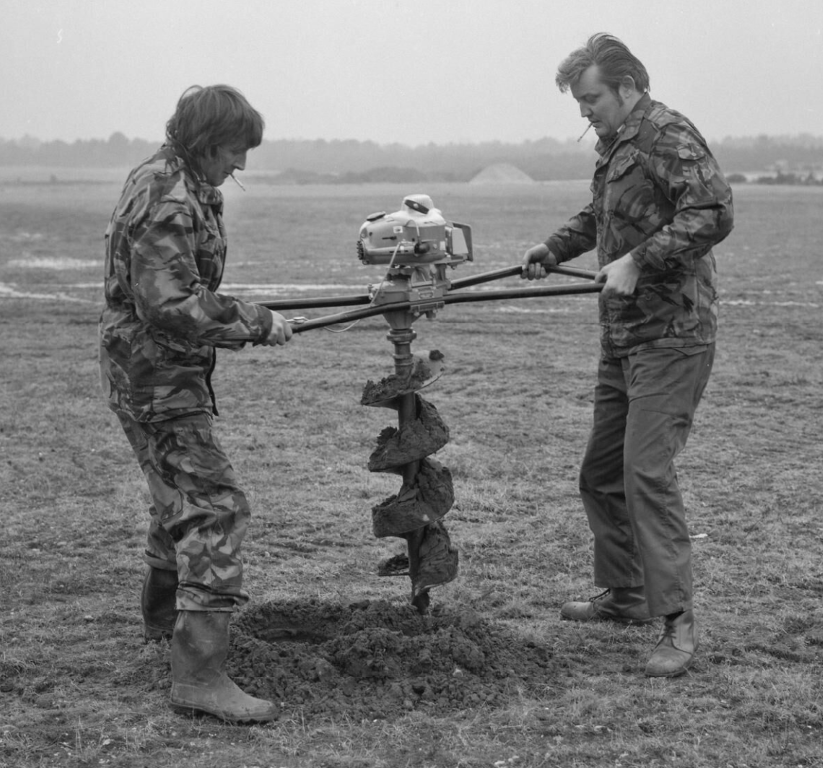
And then the loosened ground further excavated with hand tools.
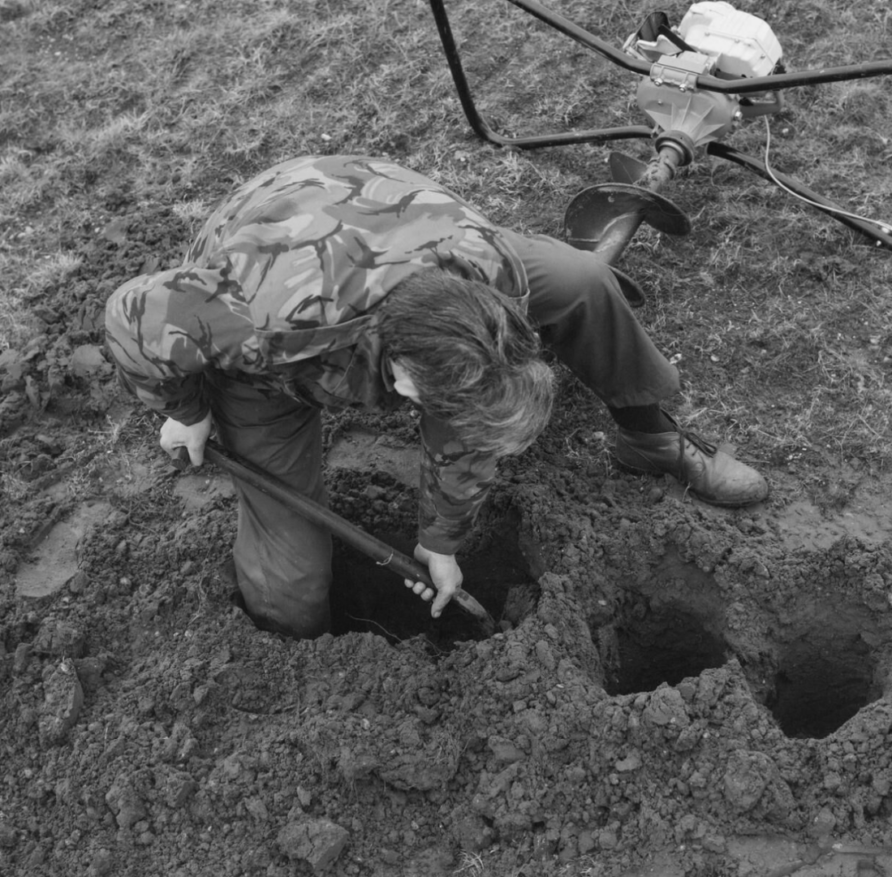
With the British Army being a Makita user, there are 36v and 40v battery and petrol-powered augers in the catalogue.
Although, fair to say these are more for fence post applications than earth removal at the scale needed for a fighting position or battle trench.
MEXE also tried a compressed air clamshell grab bucket, not convinced!
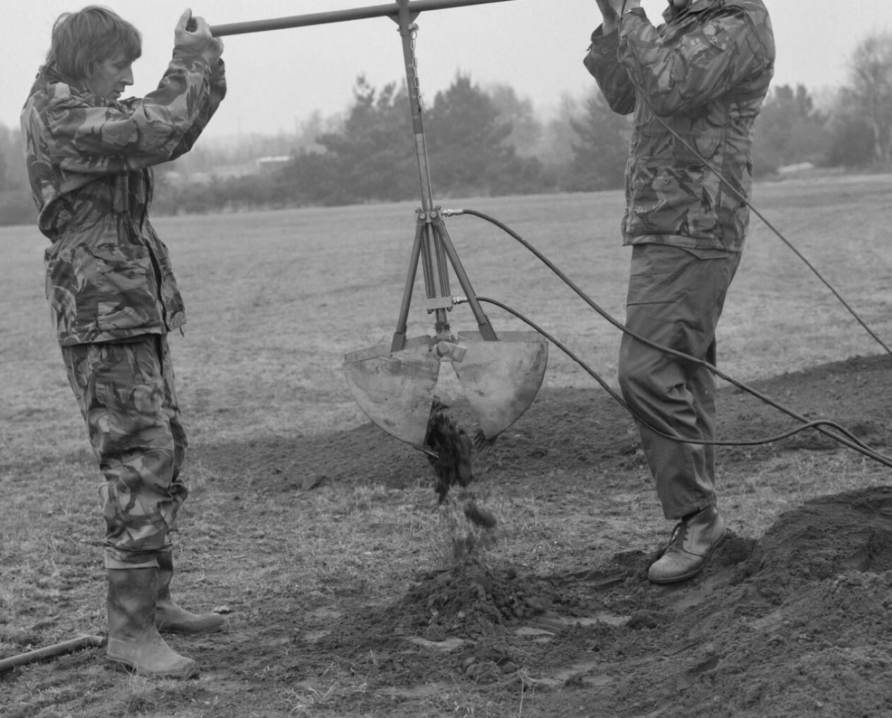
Air spades can be useful around roots, in rocky ground, and in areas where conventional digging might increase risk to the operator or underground infrastructure.
Although perhaps less useful in a defence context.
Some of these might be stretching the definition of hand tools, as they would need fuel, a generator or hydraulic power pack, or all three.
Excavator Attachments and Engineering Plant
Digging faster and in more challenging ground conditions with excavator attachments means a wider range of C vehicles can be used.
A few selected additional excavator attachments could make a big difference.
The first is the simplest, a Cemetery Bucket, with teeth or straight edges (depending on ground conditions)
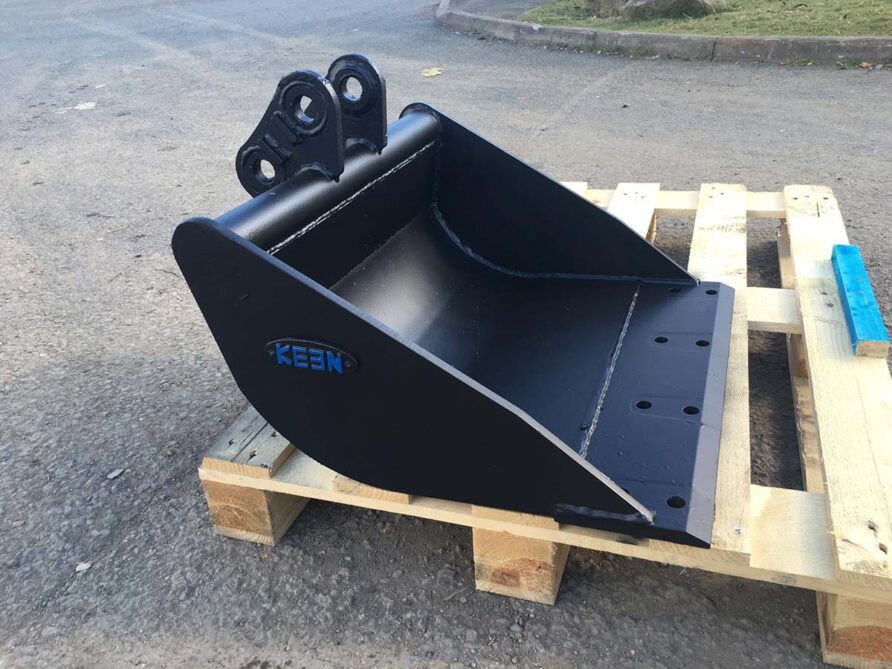
Although unfortunately named for this application, they are designed to excavator straight — sided flat bottoms trenches, or graves!
The existing C Vehicle fleet does have trenching buckets in the inventory (I think, and you can see how the bucket geometry assists with flat bottoms.
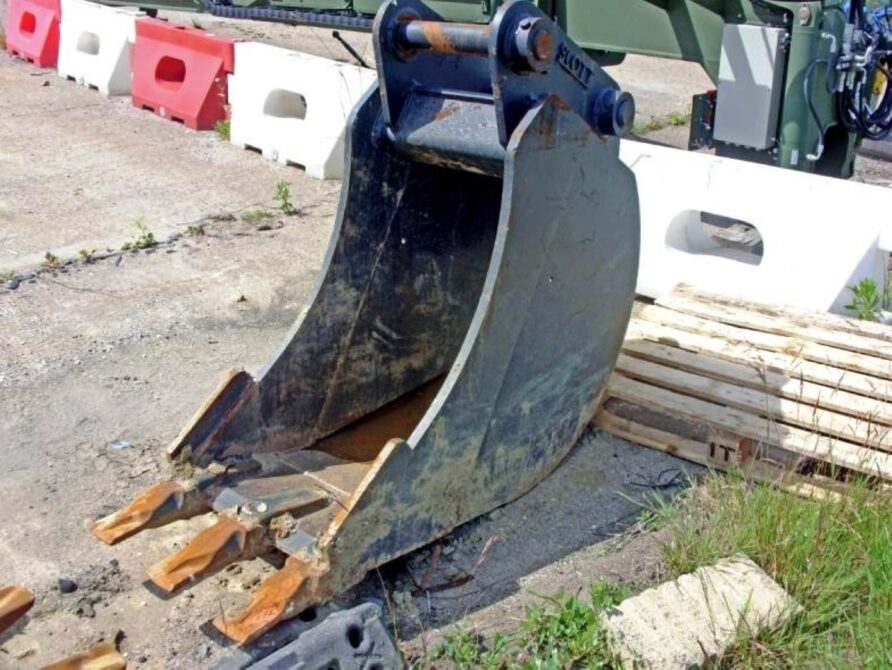
We also have earth augers and rock breaker excavator attachments, the latter especially useful for frozen ground.
The larger Cat D5N Dozers can also use a rear mounted ripper for breaking up hard ground, to facilitate removal.
Frost ripping blades are available for excavators that concentrate the tear out force on a single point and to prevent bottoming out.
Some of these are also available with a root ripping blade as well.
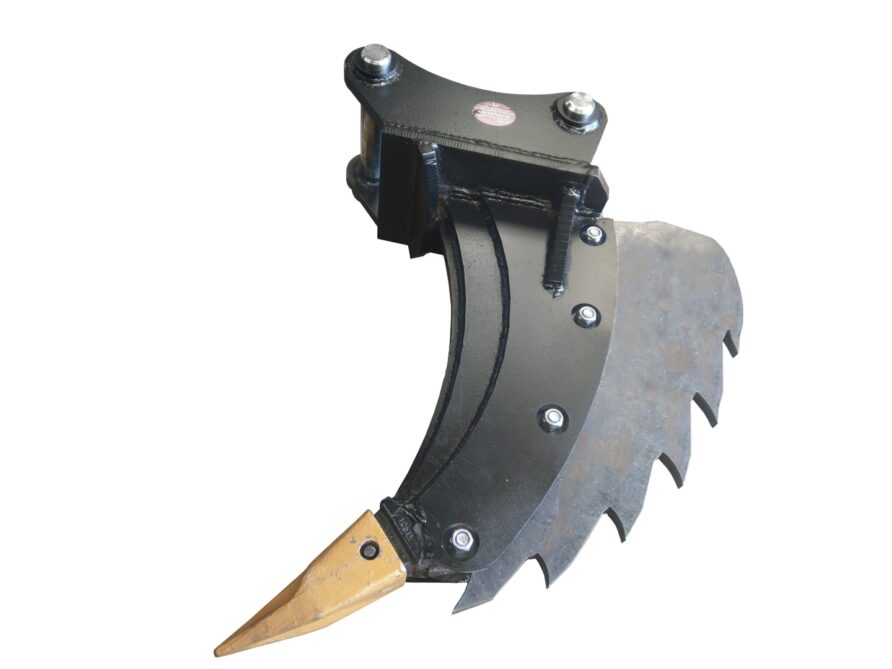
Although, the root ripper blades are generally shorter than the frost ripping blades, which might be a problem where the frozen ground depth is significant.
Two other excavator attachments are worth considering, especially if we are likely to operate in the Baltics and high north, drum cutters and vibratory rippers.
Vibratory rippers, like the example below from XCentric, are both effective and quiet.
The video amply shows how hard frozen ground can be, far from an easy task.
A hydraulic drum cutter attachment is used for the hardest of materials, like this from Auger Torque in Cheltenham.
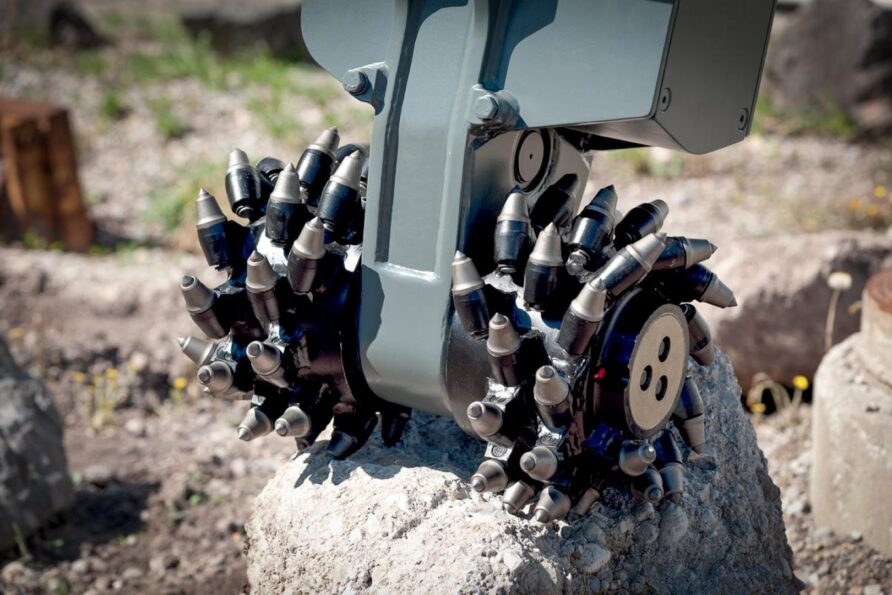
And these from Epiroc in Hemel Hempstead
Both these would also have utility outside just digging.
Trench diggers are often the subject of much interest.
The well known PZM-3 from Auto Kraz Ukraine, and their Russian equivalent.
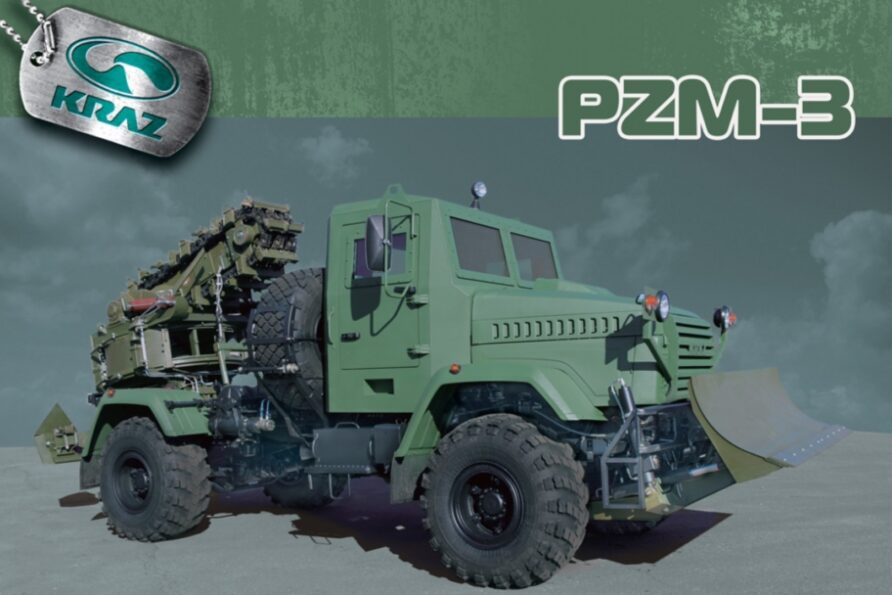
These are a chain trencher that can excavate 600 mm wide (900 mm at the top) trenches quickly, and move the spoil to either side.
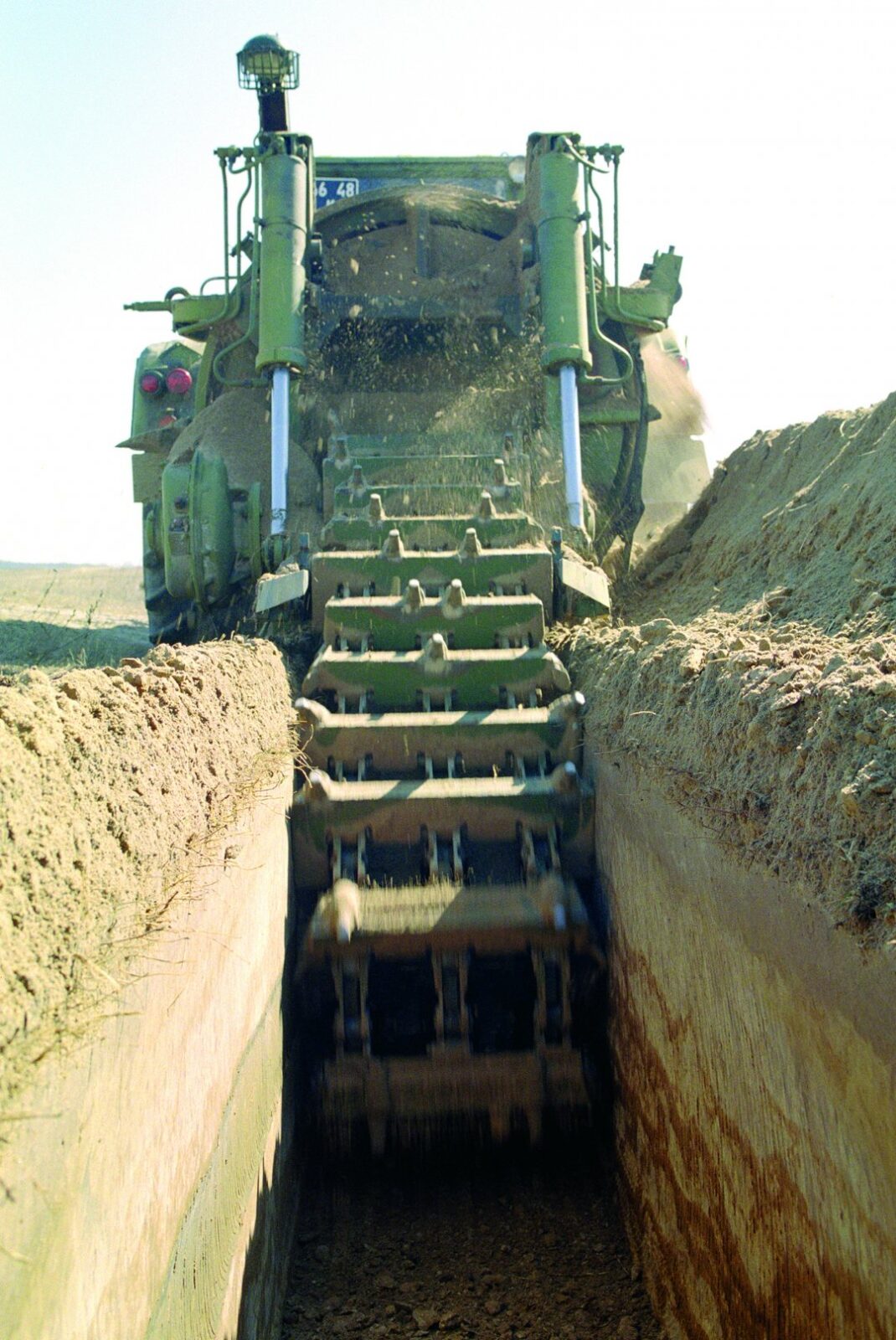
Some might also known the British Light Mobile Digger, based on a Thorneycroft Nubian truck chassis.
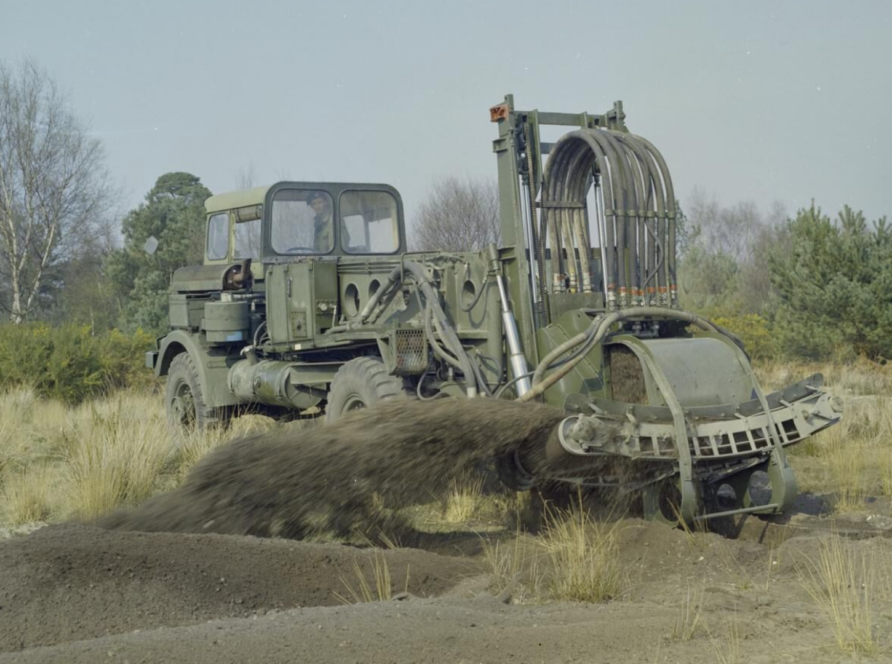
Perhaps less well known was the Muir Hill MH-1250 Earth Mill.
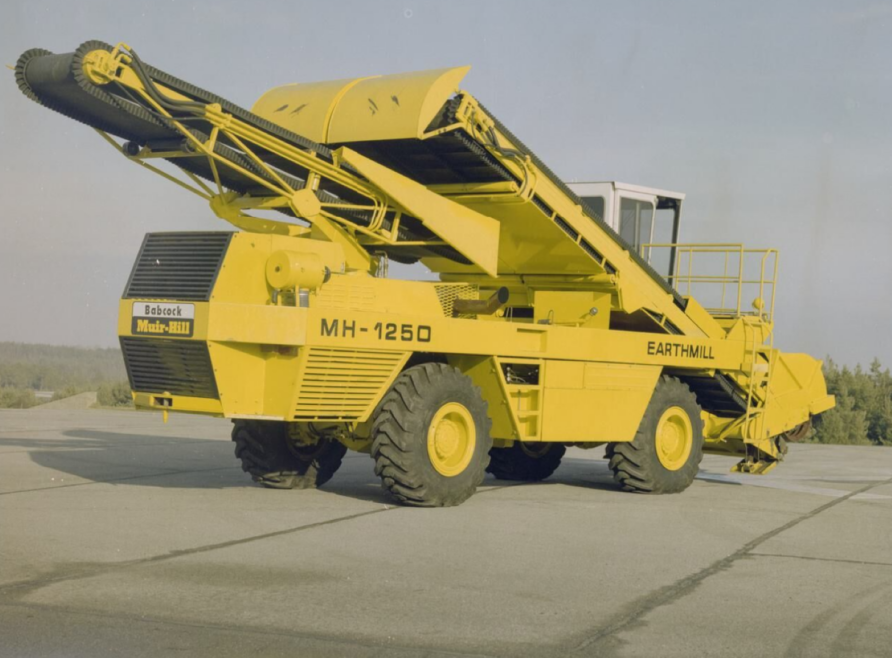
This was a very capable machine, able to move 400 cubic metres per hour, for anti tank ditches, as the image below.
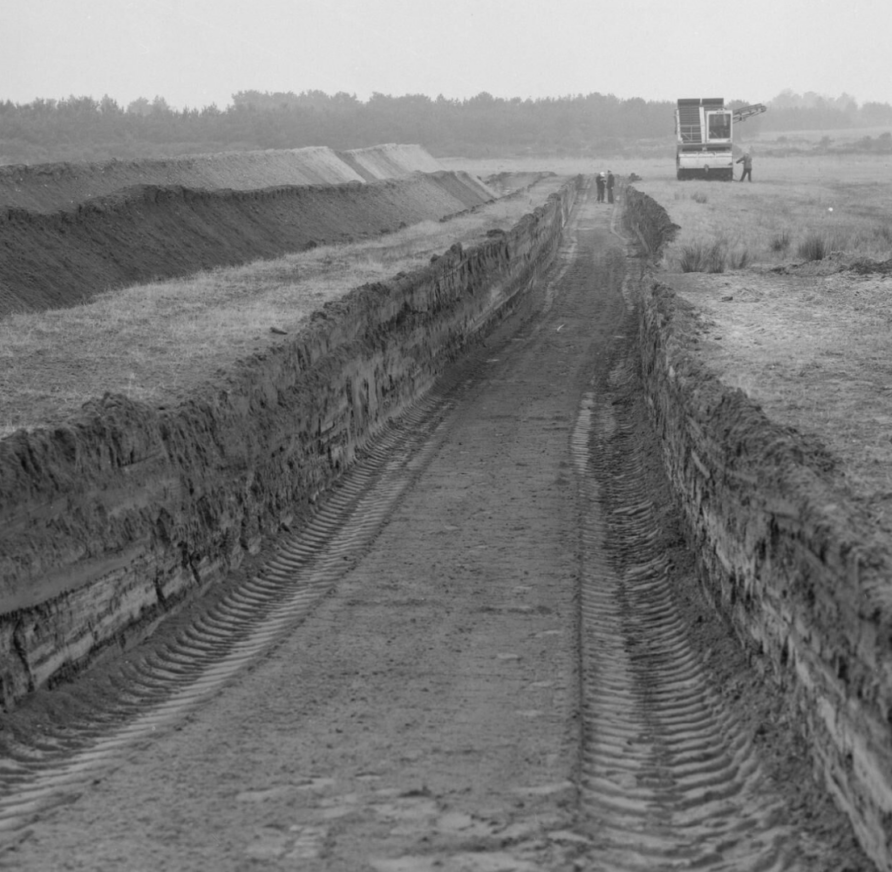
Or for vehicle protection slots.
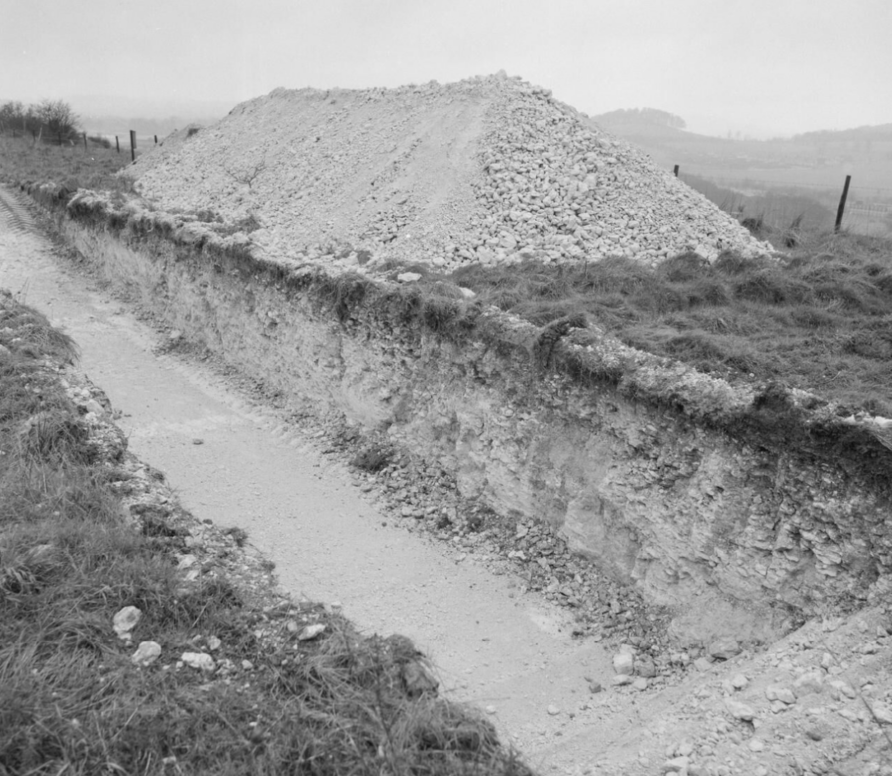
Sadly, although MEXE trialled it, it never went into production, a historical footnote to this subject.
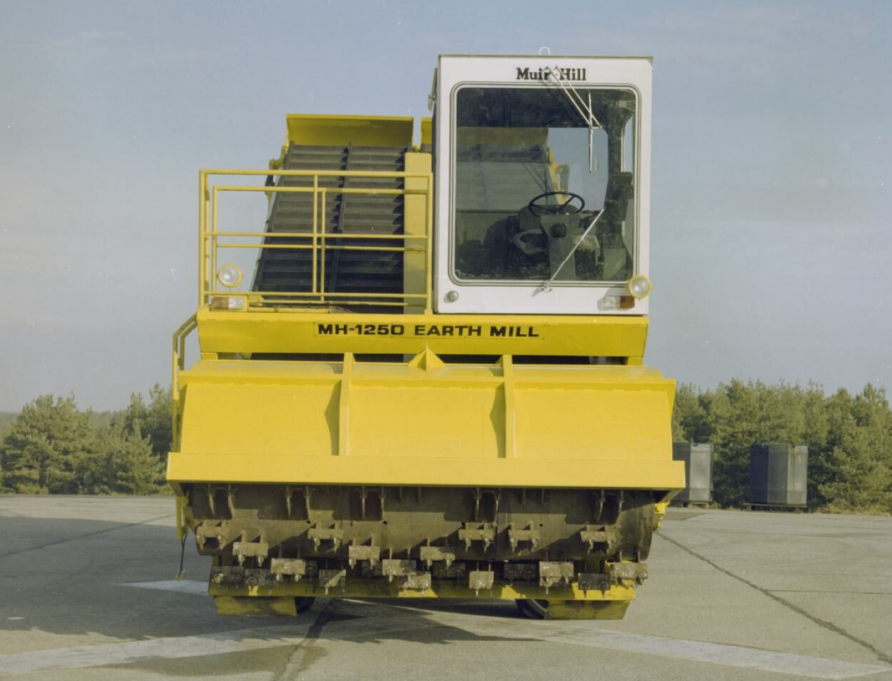
Back to the future, hydro and suction excavators are increasingly used in urban areas, where conventional equipment increases risk of damage to underground infrastructure.
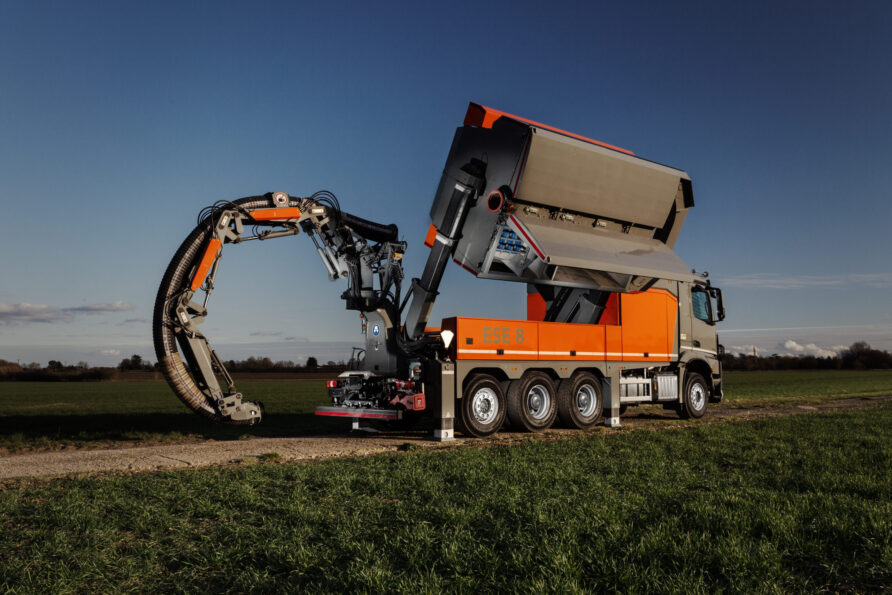
Interesting, but unlikely to be seen in NATO Green.
Explosive Digging
Whether for creating craters, or excavating for fighting positions and shelters, explosive digging remains a viable option.
The US Army trialled something called the Repetitive Explosive Device for Soil Displacement (RESOD), see the video below, surprisingly little information available on this Cold War throwback.
There have also been infantry kits for smaller excavations, like this from two part explosive from Astrolite.
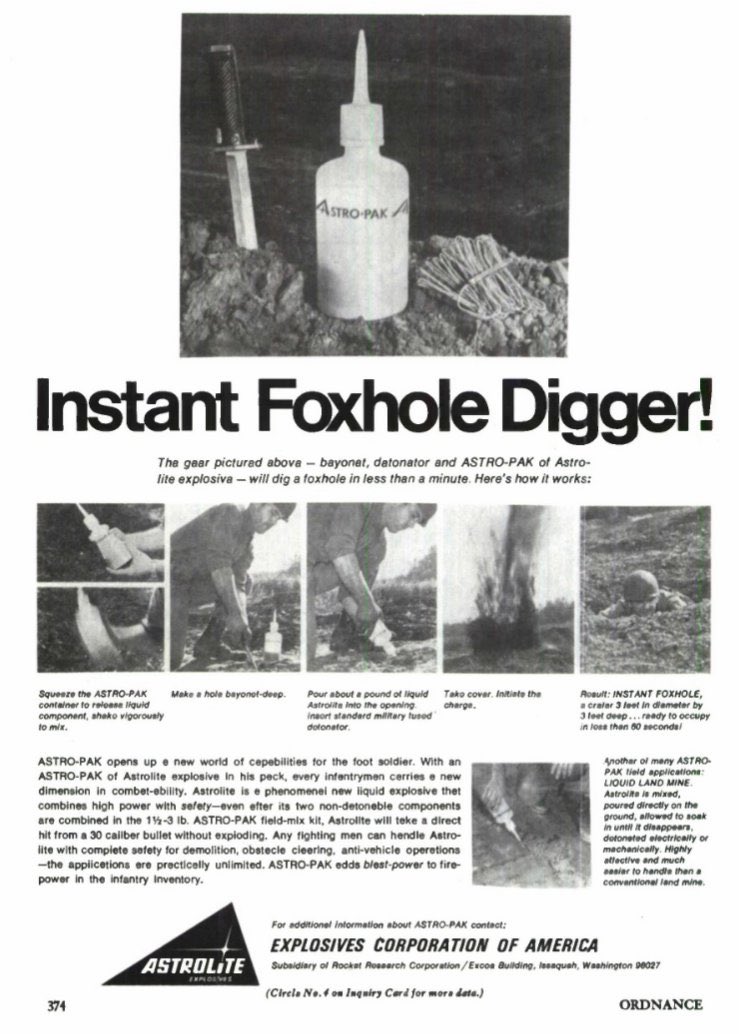
I don’t think ever came into service as it was sensitive and toxic, and unable to be mixed in cold weather.
More conventionally, rapid cratering kits have been in service for some time.
The Mark 1 used a post driver to create a small cavity into which an initial charge was placed and initiated. This created a void (camouflet) into which more explosives were placed, this larger charge would create a large crater.
The post driver and small explosive quantity was eventually replaced with a shaped charge (beehive) to create the initial void, and granular explosives, as shown in this video from IWM.
The Rapid Cratering Kit (RCK) Mk2 is available from CBRNEnergetics and STV in the Czech Republic
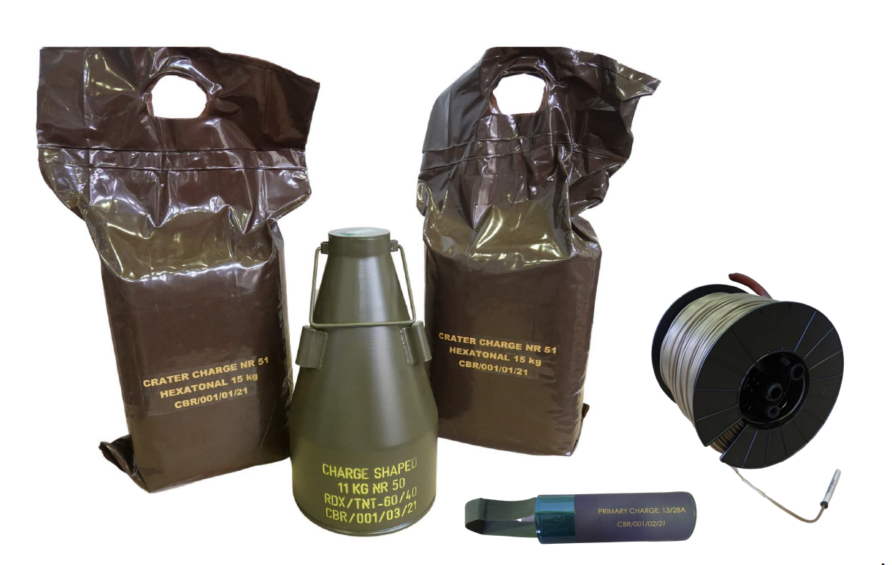
Explosive digging is effective, but imprecise.
The Russian OZ-1 Explosive Charge is interesting because it uses a two-stage concept on the same device.

